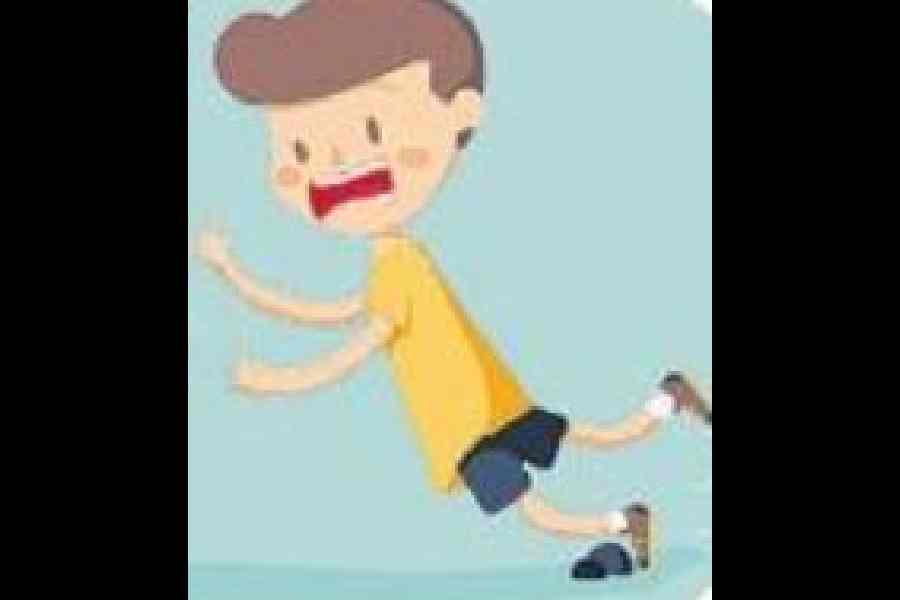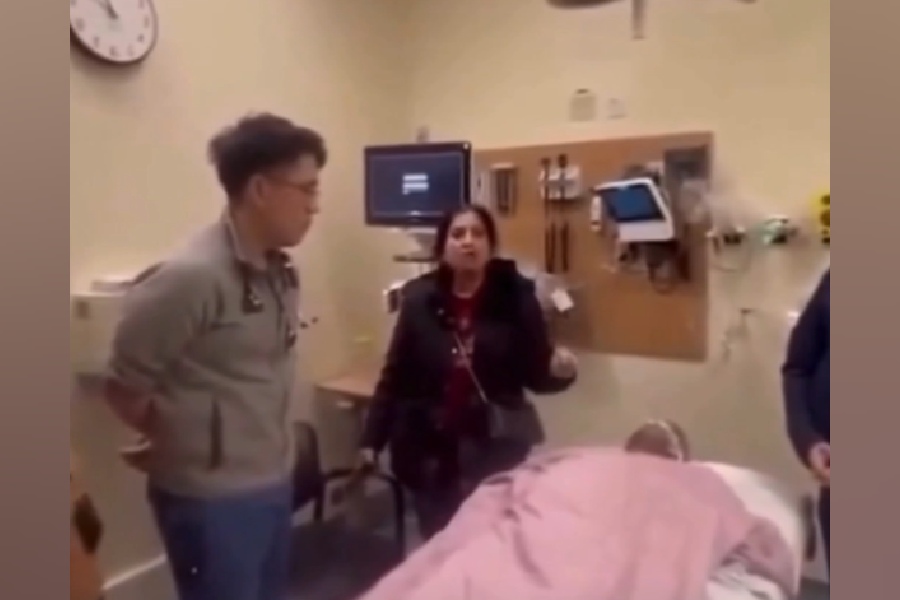Some people lack coordination, move awkwardly and tend to be clumsy. They bump into things, trip over non-existent obstacles and drop stuff. Despite Google maps and GPS, finding locations is a nightmare as they need clarification on left and right.
These are symptoms that may be present from early childhood. An affected child will find it difficult to draw, write and tie shoelaces. They may not be selected for sports and games as they are so slow and clumsy that they are a liability to the team.
Such children are intelligent. They fail only in certain aspects of school life as they may struggle to complete writing assignments or do mathematics. They often do well with computers. They perform well in sports that do not require teamwork, such as swimming or running.
This condition is called dyspraxia. Boys are more likely to have this problem. Children born prematurely — of both sexes — too are prone to it. Mild forms may be present in as much as 50 per cent of children. It is severe in 6 per cent, making it difficult for them to function in school. They become isolated, inactive, unhealthy, obese and depressed.
Unfortunately, this problem is often misunderstood. In school and at home, they are scolded and may even be beaten. Teachers and parents feel that the child is not trying or concentrating but that is not the case. There is a mismatch between sensory input to the brain and its conversion into motor activity.
If neglected, these children will grow into clumsy adults. Their careers may suffer.
Parents need to make an effort to tackle dyspraxia in their children from a very young age. There are several ways to do this. One is to break up tasks into smaller components. When a motor activity is repeated several times, it becomes second nature. The child starts to do it automatically.
An obstacle course can be laid in the house, and the child needs to negotiate it barefoot so that sensations from the foot reinforce the input from the eyes to the brain.
Video games are much maligned and exasperated parents do not like children to play with them. Still, they teach concentration as well as eye, ear and hand coordination. Let the child spend a half hour every day on video games. There will be a definite improvement in coordination. Video games should not be equated with mindless TV watching.
The child should be encouraged to participate in individual sports like running and swimming. He or she can also learn martial arts or dancing. Both teach rapid left-right coordination and alternating movements.
The sudden onset of clumsy behaviour in adult life, however, must be taken seriously and evaluated by a doctor. Investigations should be done for lifestyle diseases such as diabetes or hypertension. Tests should also be done to rule out thyroid problems. There may even be eye or ear problems or Parkinson’s disease. There may have been unrecognised transient ischaemic attacks or mini strokes in the brain.
In adults, even if there is a physical illness causing the clumsiness, along with specific treatment you can also try a few other things.
Gentle exercises like tai chi and yoga improve the connections between the left and right hemispheres of the brain. Also, during these activities, your eyes and hands have to be moved simultaneously. Other activities are swimming, table tennis, tennis, badminton, archery, darts and video games also help improve coordination and balance.
You should also opt for specific balance training. Both physiotherapy and yoga improve body awareness and coordination. You learn to re-centre yourself and prevent falls.
Just as in children, in adults too video games enhance coordination and cognitive skills.
Dyspraxia, whether in children or adults, can negatively impact the quality of life. Recognising it, promoting understanding and implementing strategies to improve coordination and overall well-being is vital. Parents and patients can take proactive steps to overcome the challenges of dys-
praxia, ensuring a better quality of life and a brighter future.
The writer has a family practice at Vellore and is the author of Staying Healthy in Modern India. If you have any questions on health issues please write to yourhealthgm@yahoo.co.in











